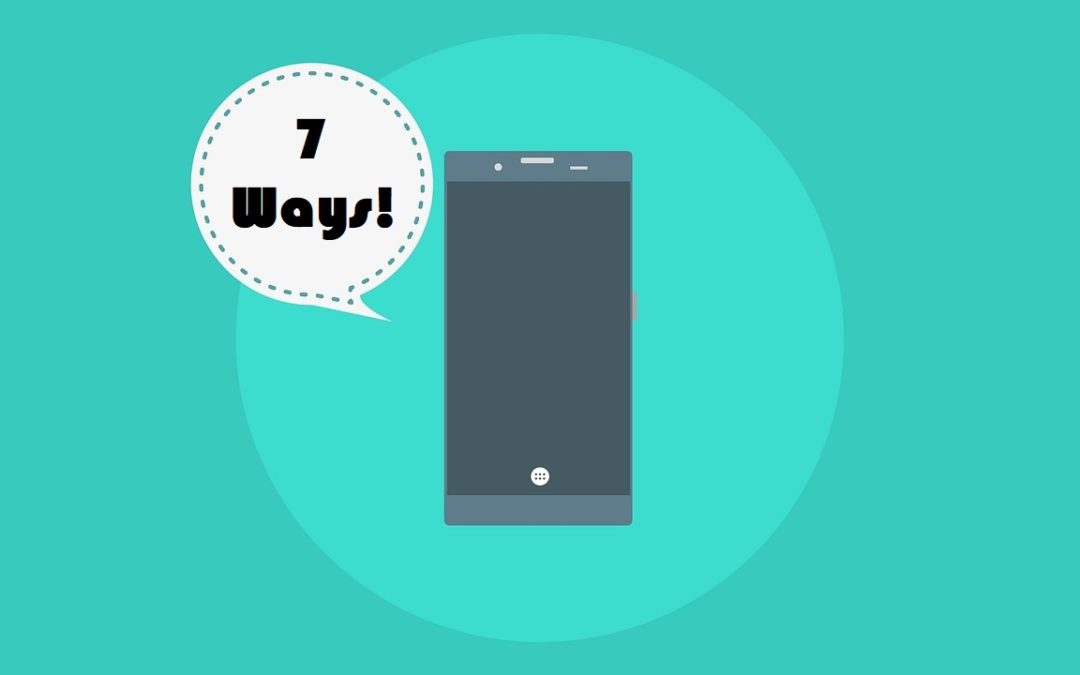10 Ways you can get more mobile users
Mobile is massive and it’s only getting bigger, so it’d be a good idea to start catering to that market. The last three years running, web browsing numbers have consistently been in favour of the mobile user, at the expense of desktop, which has been gradually falling for the last decade. According to this Statista report, 52.2% of webpages worldwide are loaded on mobile phones (data collected in 2018). This is up 1.9% from the 50.3% in 2017, and this gap is expected to get wider year on year. Google is a huge backer of the mobile revolution, and have warned those creating sites for desktop only. A report by them concluded that 61% of users are unlikely to return a mobile site they had trouble accessing, and 40% visit a competitor’s site instead- seeing as this is potentially half of the people that would visit your site, this is bad news. It has also been four years now since Google started rewarding mobile-friendly pages in their rankings. The future truly is mobile, and we have some tips to get up to speed:
1. Optimise your site for mobile
This is the big one. Responsive design, at its core, means that no matter how big or small a screen is, the site will fill the screen and still be completely visible and functional. It is important to prioritise mobile, because visiting a site on desktop is clear all of the time- desktop sites on mobile are not. We recommend testing your site with Google’s mobile friendly tool first, as it gives you pointers on how your site can be improved for this purpose. After the test, get in touch with your web designer! They should know how to alter a site to be more responsive. There are small tweaks like making buttons bigger, making text larger and not over-complicating animations, that you can take to make the experience easier for those visiting your site on their phone.
Extra tip
Desktop sites usually have huge banners with advertisements on the top of the page, which we wouldn’t recommend if you’d like to crack the mobile market. The typical mobile user scrolls straight past this to get to the meat of the page, so having all the important items at the top will lead to more conversions. Think Amazon, they have the most popular items right on display the second you load the page, ready to tempt anyone- including me while researching this post (I love my new vase though!)
2. Personalise it!
Another thing Amazon do really well is personalising the experience for users. On their homepage, below the best deals section you can often find a list of suggested items based on your search history or previous purchases. This makes the user feel a lot more cared for, and they’ll see things they didn’t even know they wanted (more sales!), it’s a win-win.
3. Step up your security
Safety is an important part of purchasing an item on mobile, as there isn’t as much of it as there is on a desktop. Information must be secure, and being able to prove that to visitors can put a lot of minds to rest. This adds up to more comfortable customers, and more conversions since your site looks more trustworthy. You can solve this problem by using verification methods for accounts, like 2-step logins through email or text. SSL certificates are also available for purchase, and can be put on the site can also ease worries from potential customers.
4. Synchronise user information
Some visitors use mobile devices to make a quick query, just to research something way before making a purchase. People on desktop are more likely to make a sale, with users recording up to double the conversion rates of those on mobile. This means you should be prepared to remarket to those who were looking for a rough idea of what to buy on their phone- and synchronising user data across devices would do the trick. When a visitor is getting close to purchasing on the mobile site but doesn’t for whatever reason, it’ll still be saved in their basket if they come back to it. This might be the difference between buying your product now or opting for another site.
5. Introduce other ways to pay
Convenience is important for people that are in a hurry, and people on their phones are a lot more likely to be on the move than someone sitting at a computer. Having PayPal integration or a Google wallet option at checkout can save customers time, and potentially save you a missed sale. The more information people have to fill in, the more likely they are to leave, and that’s something you should always consider a possibility. We’ll talk about this more in the next point.
6. Make it easier to buy
When you get a user to select an item they want and take it to the checkout, the last thing you want is for them to leave before buying, as we mentioned before. Try to make it as fast as possible for someone to move through the motions, because you’re always as risk of them changing their mind. You can cut down on how long visitors spend on your site by having a “save details for next time” option at checkout, or taking out unnecessary fields a buyer would otherwise have to fill in.
7. Give a bit of incentive
This technique is definitely most effective when a lot of people are visiting your site, but there aren’t anywhere near as many sales being made. Giving a push notification to people on your app or sending a remarketing email to people who have backed out of a sale with a discount can get them to come back, especially when it’s a one-time offer for mobile only. Get creative with it, because there are a lot of different things you can do!
Or we could just do it…
Here at TribeMiner, we can get you up to speed. We specialise in getting people to your site, so if this post isn’t enough, get in touch! You can contact us on the homepage or in the chat box in the bottom right to learn more.

